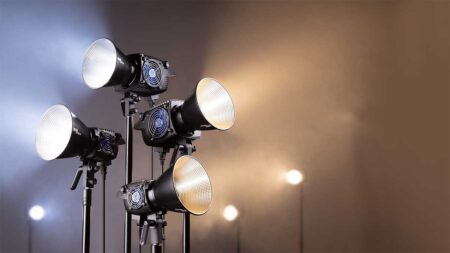While the Nikon Nikkor Z 17-28mm f/2.8 is relatively lightweight at 450g / 15.9oz, it still feels well-made. It also has a metal mounting plate rather than a cheaper, lighter plastic one. And, as I mentioned earlier, it’s sealed against water droplets and dust.
There isn’t a zoom lock, nor are there any switches or extra controls on the lens, just a broad zoom towards the front element and a slimmer focus ring nearer to the mount. The zoom ring moves smoothly and the movement is internal so the lens doesn’t change length when you move between focal lengths.
Although I wouldn’t mind the zoom ring movement being a little stiffer, it doesn’t feel too loose.
There are four focal length markings, 17mm, 20mm, 24mm and 28mm. It takes a little under a quarter turn to rotate from one extreme to the other but it’s easy to align the zoom marker with the in-between points.
By traditional standards, the knurled focus ring is very slim, but it’s the standard for Nikon Z-mount lenses without a separate dedicated control ring. Again it moves smoothly and there are no sticking points or loose areas. As the focusing is by wire, there are no end points to the movement and there’s no distance scale. Like the zoom, the focusing is internal so the lens doesn’t extend nor the front element rotate during focusing.
Although it can be used to focus the lens manually when the camera is set to manual focusing, it can also be used to adjust the aperture, exposure compensation or the sensitivity (ISO) setting when the autofocus system is selected. I mainly use it for adjusting the exposure compensation. It works well but it’s easy to adjust the exposure as you grasp the lens and lift the camera to your eye, but it’s also very easy to adjust it back and it’s quicker to use than a camera-based dial.



